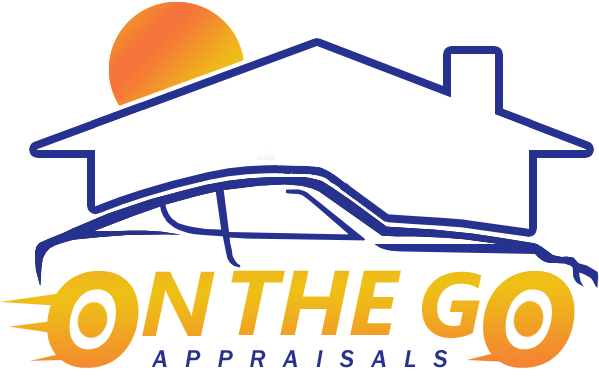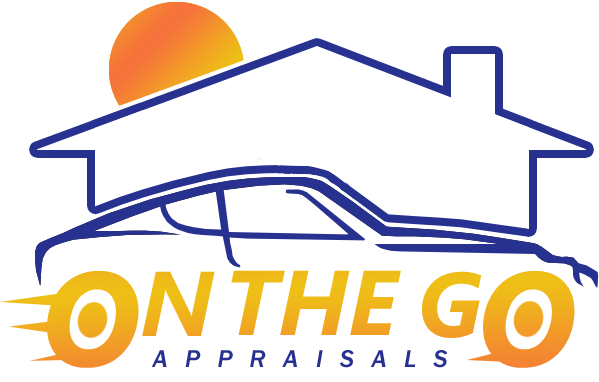HOA Homefront: Tips for ‘bare walls’ property insurance
Many HOAs are seeing property insurance rates skyrocket, narrowing their focus to a “bare walls” approach.

Quite recently two of the largest residential property insurance companies announced major cutbacks in California.
State Farm announced it had stopped accepting applications for any California insurance policies, and Allstate announced it was “pausing” any new homeowners insurance and HOA insurance policies to protect existing customers.
Many HOAs are now experiencing skyrocketing property insurance rates.
This has increased attention on the option of a “bare walls” approach to HOA property insurance.
Most condominiums typically insure the entire building and its contents, often because the CC&Rs require them to do so. Attached, planned development HOAs, in which homeowners own the structures and the land underneath, but the homes are connected to adjacent homes in a “townhome” or “patio home” style, also often insure the entire building and interiors.
In a “bare walls” scenario, the HOA obtains insurance that does not rebuild the individual residential interiors but instead restores damaged homes to a shell condition with bare walls, floors and ceilings, ready for cabinets, plumbing fixtures, wall and floor coverings and all other elements of the home.
Most homeowners in condominiums or attached planned developments already have their own individual insurance policies, which typicalyl also cover damage to interior elements of the home. This means that if the HOA has the typical “walls-in” coverage, including restoration of interior finishes and fixtures, then the homes’ interior buildouts are simultaneously covered by two insurance policies – and one is duplicative.
Here are some things to consider before changing your HOA’s insurance plan.
1. Confirm with your HOA’s legal counsel what the current governing documents require – the HOA may not be able to pursue a change in insurance without first amending its governing documents.
2. Ask the insurance broker for bare walls cost quotes, but don’t ask for their advice on the switch. Most brokers are honest and will help HOAs find ways to reduce insurance costs, but I have also seen brokers discourage a change to “bare walls” insurance.
3. Talk to legal counsel about what the CC&Rs say regarding damage to homes. The HOA’s liability for interior damage should match the HOA’s insurance for interior damage. It would be a disaster for the HOA to buy insurance not covering interior buildouts of homes and then to be found liable for interior damage in, say, a plumbing or roof leak incident. Make sure the CC&Rs disclaim HOA liability for interior buildout damage, which almost certainly will take a membership vote to amend the document in most HOAs.
4. Talk to the community. To pursue a switch to bare walls insurance, typically one or more CC&R amendments will be necessary, so the matter needs to be widely supported by the membership to avoid wasting time. Have legal counsel, management, and the HOA’s insurance broker attend a town hall meeting to explain the reasons and the benefits of the change.
5. Make sure members understand that if the insurance is changed to “bare walls” coverage it will be imperative they all obtain their own individual insurance policies.
6. Give the members plenty of notice. Members should be given ample lead time, and repeatedly reminded, that a major change in the HOA’s insurance coverage is coming.
HOAs can weather the current insurance crisis, but it’s going to take teamwork by all.
Kelly G. Richardson, Esq. is a Fellow of the College of Community Association Lawyers and Partner of Richardson Ober LLP, a California law firm known for community association advice. Submit column questions to kelly@roattorneys.com.

Quite recently two of the largest residential property insurance companies announced major cutbacks in California.
State Farm announced it had stopped accepting applications for any California insurance policies, and Allstate announced it was “pausing” any new homeowners insurance and HOA insurance policies to protect existing customers.
Many HOAs are now experiencing skyrocketing property insurance rates.
This has increased attention on the option of a “bare walls” approach to HOA property insurance.
Most condominiums typically insure the entire building and its contents, often because the CC&Rs require them to do so. Attached, planned development HOAs, in which homeowners own the structures and the land underneath, but the homes are connected to adjacent homes in a “townhome” or “patio home” style, also often insure the entire building and interiors.
In a “bare walls” scenario, the HOA obtains insurance that does not rebuild the individual residential interiors but instead restores damaged homes to a shell condition with bare walls, floors and ceilings, ready for cabinets, plumbing fixtures, wall and floor coverings and all other elements of the home.
Most homeowners in condominiums or attached planned developments already have their own individual insurance policies, which typicalyl also cover damage to interior elements of the home. This means that if the HOA has the typical “walls-in” coverage, including restoration of interior finishes and fixtures, then the homes’ interior buildouts are simultaneously covered by two insurance policies – and one is duplicative.
Here are some things to consider before changing your HOA’s insurance plan.
1. Confirm with your HOA’s legal counsel what the current governing documents require – the HOA may not be able to pursue a change in insurance without first amending its governing documents.
2. Ask the insurance broker for bare walls cost quotes, but don’t ask for their advice on the switch. Most brokers are honest and will help HOAs find ways to reduce insurance costs, but I have also seen brokers discourage a change to “bare walls” insurance.
3. Talk to legal counsel about what the CC&Rs say regarding damage to homes. The HOA’s liability for interior damage should match the HOA’s insurance for interior damage. It would be a disaster for the HOA to buy insurance not covering interior buildouts of homes and then to be found liable for interior damage in, say, a plumbing or roof leak incident. Make sure the CC&Rs disclaim HOA liability for interior buildout damage, which almost certainly will take a membership vote to amend the document in most HOAs.
4. Talk to the community. To pursue a switch to bare walls insurance, typically one or more CC&R amendments will be necessary, so the matter needs to be widely supported by the membership to avoid wasting time. Have legal counsel, management, and the HOA’s insurance broker attend a town hall meeting to explain the reasons and the benefits of the change.
5. Make sure members understand that if the insurance is changed to “bare walls” coverage it will be imperative they all obtain their own individual insurance policies.
6. Give the members plenty of notice. Members should be given ample lead time, and repeatedly reminded, that a major change in the HOA’s insurance coverage is coming.
HOAs can weather the current insurance crisis, but it’s going to take teamwork by all.
Kelly G. Richardson, Esq. is a Fellow of the College of Community Association Lawyers and Partner of Richardson Ober LLP, a California law firm known for community association advice. Submit column questions to kelly@roattorneys.com.
Many HOAs are seeing property insurance rates skyrocket, narrowing their focus to a “bare walls” approach.
HOA Homefront: Tips for ‘bare walls’ property insurance
otgappraisals
On The Go Appraisals
+1 833-219-9001
Claims@otgappraisals.com




